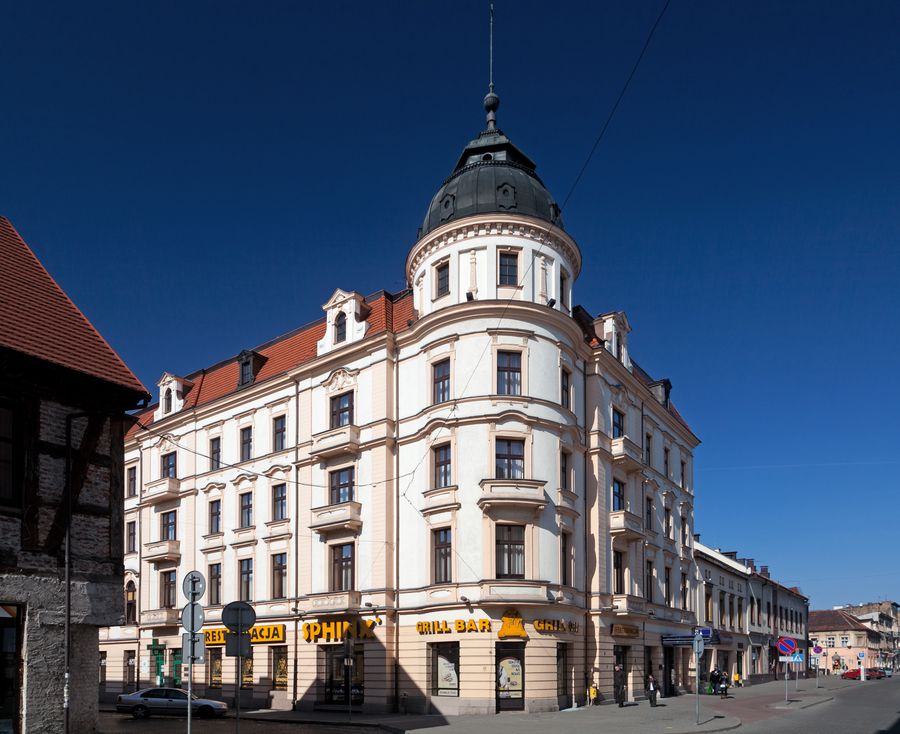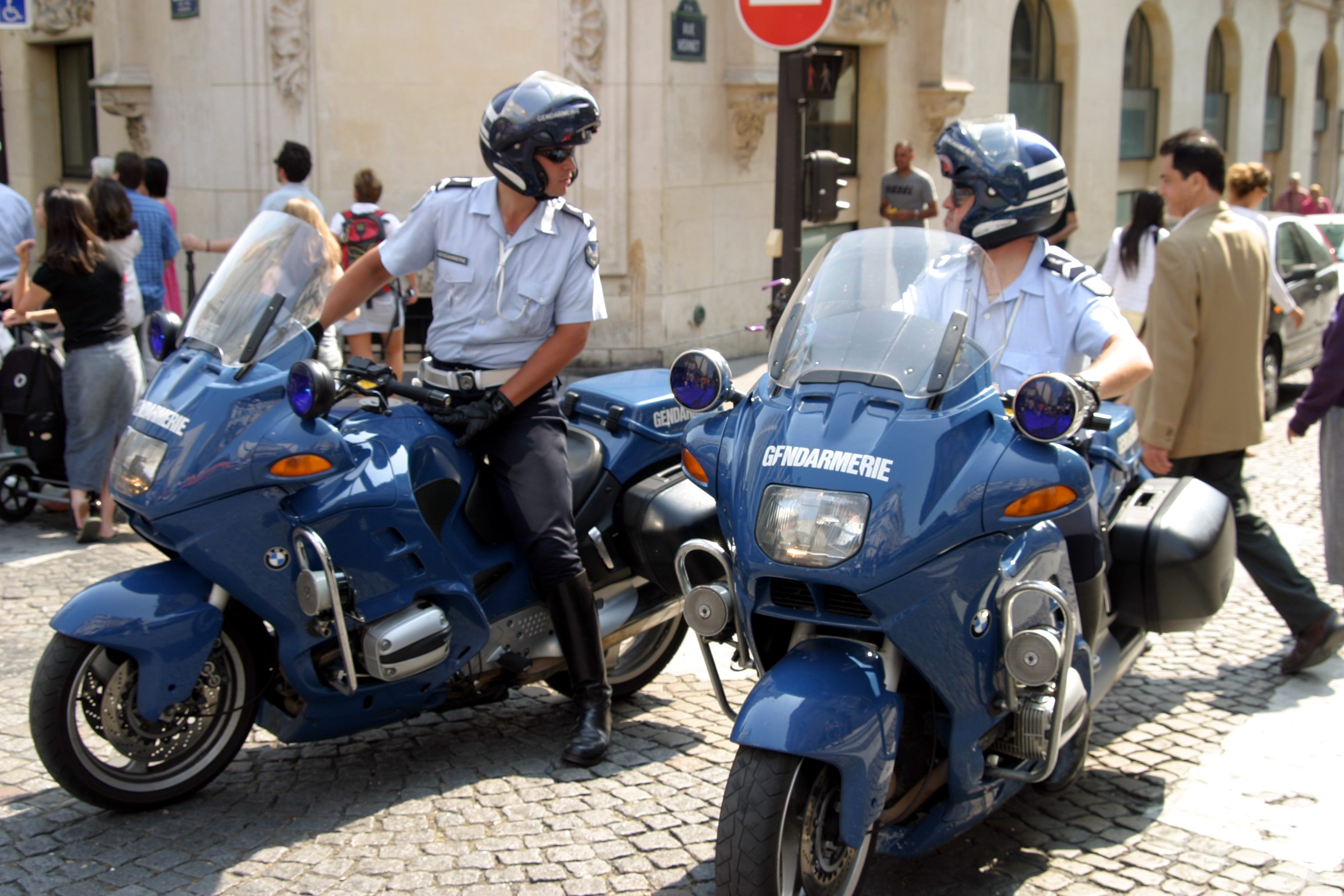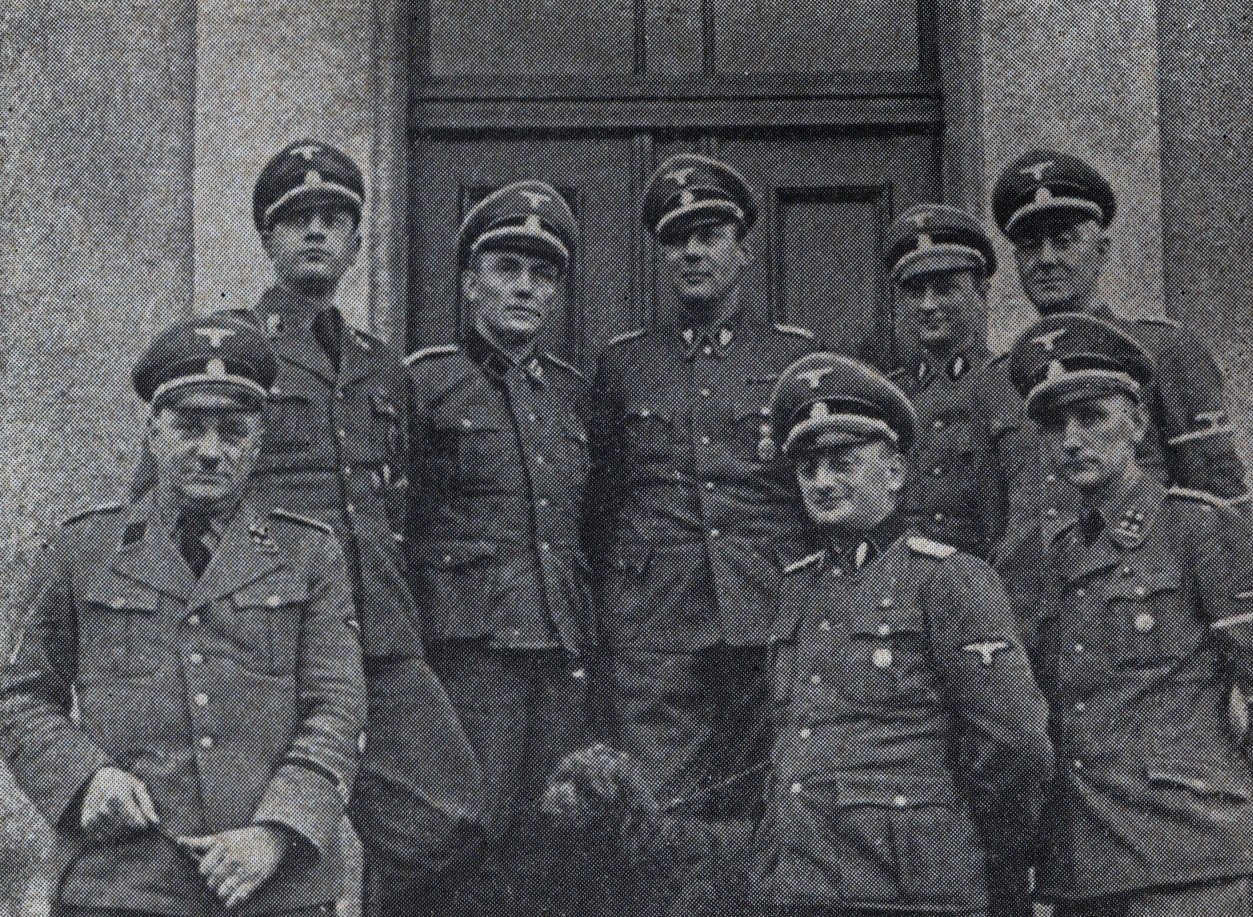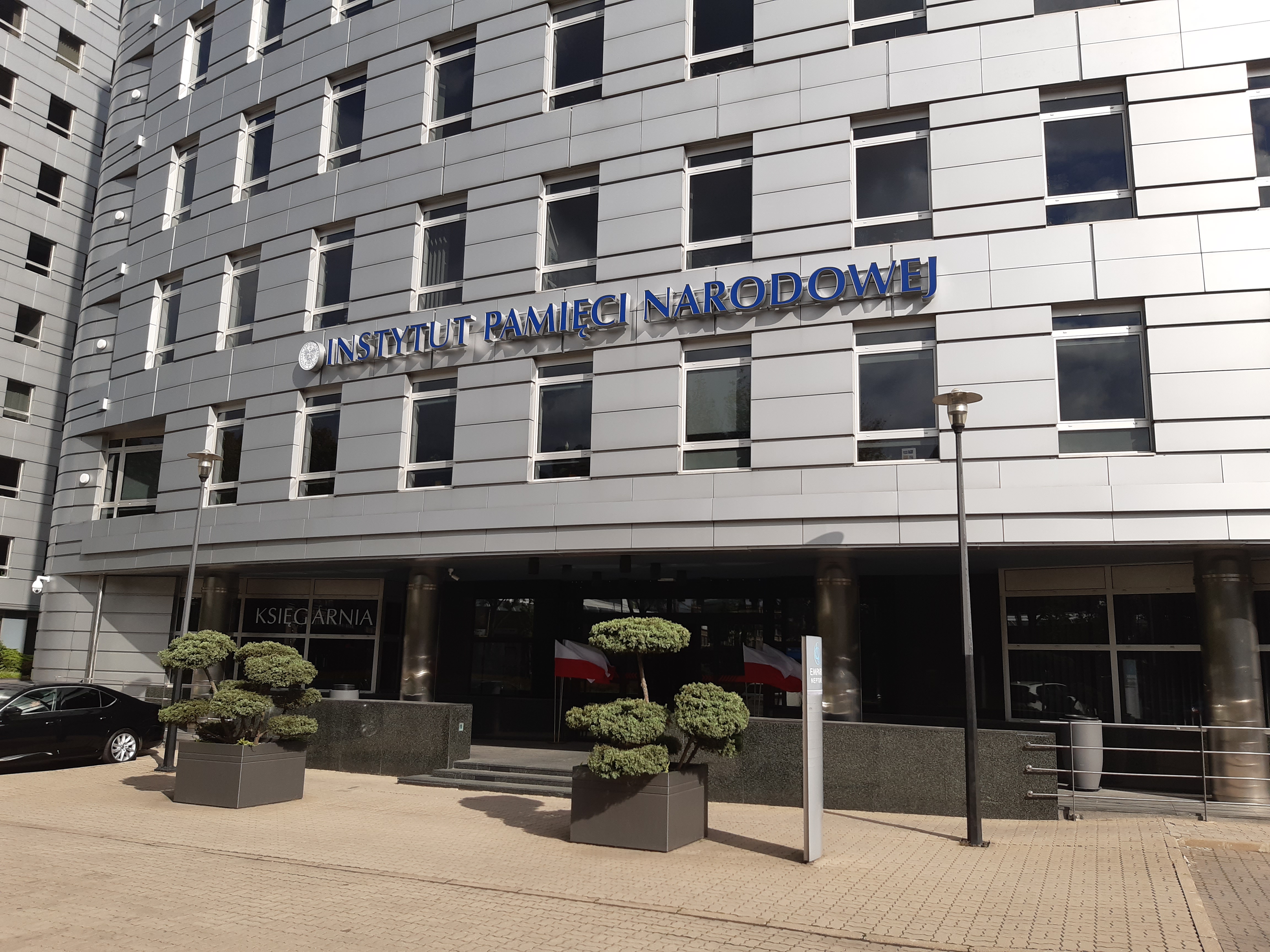|
Mrocza
Mrocza (Polish pronunciation: ; german: Mrotschen, 1939-1942: ''Schönhausen'', 1942-1945: ''Immenheim'') is a town in Nakło County, Kuyavian-Pomeranian Voivodeship, northern Poland, with 4,181 inhabitants (2004). It is located in the ethnocultural region of Krajna. History Mrocza was granted town rights by Polish King Władysław II Jagiełło in 1393. It was a private town, administratively located in the Nakło County in the Kalisz Voivodeship (1314–1793), Kalisz Voivodeship in the Greater Poland Province of the Polish Crown. Following the joint German-Soviet invasion of Poland, which started World War II in September 1939, the town was invaded and then Occupation of Poland (1939–1945), occupied by Germany. In October–November 1939, as part of the ''Intelligenzaktion'', the German gendarmerie and ''Selbstschutz'' carried out mass arrests of local Polish people, Poles, including the town's mayor. Arrested Poles were then murdered by the Germans in large massacres, includ ... [...More Info...] [...Related Items...] OR: [Wikipedia] [Google] [Baidu] |
Mrocza SMikolaj WnNMP Church1
Mrocza (Polish pronunciation: ; german: Mrotschen, 1939-1942: ''Schönhausen'', 1942-1945: ''Immenheim'') is a town in Nakło County, Kuyavian-Pomeranian Voivodeship, northern Poland, with 4,181 inhabitants (2004). It is located in the ethnocultural region of Krajna. History Mrocza was granted town rights by Polish King Władysław II Jagiełło in 1393. It was a private town, administratively located in the Nakło County in the Kalisz Voivodeship (1314–1793), Kalisz Voivodeship in the Greater Poland Province of the Polish Crown. Following the joint German-Soviet invasion of Poland, which started World War II in September 1939, the town was invaded and then Occupation of Poland (1939–1945), occupied by Germany. In October–November 1939, as part of the ''Intelligenzaktion'', the German gendarmerie and ''Selbstschutz'' carried out mass arrests of local Polish people, Poles, including the town's mayor. Arrested Poles were then murdered by the Germans in large massacres, includ ... [...More Info...] [...Related Items...] OR: [Wikipedia] [Google] [Baidu] |
Gmina Mrocza
__NOTOC__ Gmina Mrocza is an urban-rural gmina (administrative district) in Nakło County, Kuyavian-Pomeranian Voivodeship, in north-central Poland. Its seat is the town of Mrocza, which lies approximately north of Nakło nad Notecią and north-west of Bydgoszcz. The gmina covers an area of , and as of 2006 its total population is 9,141 (out of which the population of Mrocza amounts to 4,203, and the population of the rural part of the gmina is 4,938). The gmina contains part of the protected area called Krajna Landscape Park. Villages Apart from the town of Mrocza, Gmina Mrocza contains the villages and settlements of Białowieża, Chwałka, Dąbrowice, Drążno, Drążonek, Drzewianowo, Izabela, Jadwigowo, Jeziorki Zabartowskie, Kaźmierzewo, Konstantowo, Kosowo, Kozia Góra Krajeńska, Krukówko, Matyldzin, Modrakowo, Orle, Orlinek, Orzelski Młyn, Ostrowo, Podgórz, Rajgród, Rościmin, Samsieczynek, Słupówko, Wiele, Witosław, Wyrza and Zd ... [...More Info...] [...Related Items...] OR: [Wikipedia] [Google] [Baidu] |
Nakło County
__NOTOC__ Nakło County ( pl, powiat nakielski) is a unit of territorial administration and local government (powiat) in Kuyavian-Pomeranian Voivodeship, north-central Poland. It came into being on January 1, 1999, as a result of the Polish local government reforms passed in 1998. Its administrative seat and largest town is Nakło nad Notecią, which lies west of Bydgoszcz and west of Toruń. The county contains three other towns: Szubin, lying south-east of Nakło nad Notecią, Kcynia, lying south-west of Nakło nad Notecią, and Mrocza, north of Nakło nad Notecią. The county covers an area of . As of 2006 its total population is 84,786, out of which the population of Nakło nad Notecią is 18,281, that of Szubin is 9,556, that of Kcynia is 4,657, that of Mrocza is 4,350, and the rural population is 49,605. Neighbouring counties Nakło County is bordered by Sępólno County to the north, Bydgoszcz County to the east, Żnin County to the south, Wągrowiec County to the sout ... [...More Info...] [...Related Items...] OR: [Wikipedia] [Google] [Baidu] |
Kuyavian-Pomeranian Voivodeship
Kuyavian-Pomeranian Voivodeship, also known as Cuiavian-Pomeranian Voivodeship or simply Kujawsko-Pomorskie, or Kujawy-Pomerania Province ( pl, województwo kujawsko-pomorskie ) is one of the 16 voivodeships (provinces) into which Poland is divided. It was created on 1 January 1999 and is situated in mid-northern Poland, on the boundary between the two historic regions from which it takes its name: Kuyavia ( pl, Kujawy) and Pomerania ( pl, Pomorze). Its two chief cities, serving as the province's joint capitals, are Bydgoszcz and Toruń. History The Kuyavian-Pomeranian Voivodeship was created on 1 January 1999, as a result of the Polish local government reforms adopted in 1998. It consisted of territory from the former Bydgoszcz, Toruń and Włocławek Voivodeships. The area now known as Kuyavia-Pomerania was previously divided between the region of Kuyavia and the Polish fiefdom of Royal Prussia. Of the two principal cities of today's Kuyavian-Pomeranian voivodeship, one ( Byd ... [...More Info...] [...Related Items...] OR: [Wikipedia] [Google] [Baidu] |
Intelligenzaktion
The ''Intelligenzaktion'' (), or the Intelligentsia mass shootings, was a series of mass murders which was committed against the Polish intelligentsia (teachers, priests, physicians, and other prominent members of Polish society) early in the Second World War (1939–45) by Nazi Germany. The Germans conducted the operations in accordance with their plan to Germanize the western regions of occupied Poland, before their territorial annexation to the German Reich. The mass murder operations of the ''Intelligenzaktion'' resulted in the killing of 100,000 Polish people; by way of forced disappearance, the Germans imprisoned and killed select members of Polish society, identified as enemies of the Reich before the war; they were buried in mass graves which were dug in remote places. In order to facilitate the depopulation of Poland, the Germans terrorised the general populace by carrying out public, summary executions of select intellectuals and community leaders, before they effect ... [...More Info...] [...Related Items...] OR: [Wikipedia] [Google] [Baidu] |
Gendarmerie
Wrong info! --> A gendarmerie () is a military force with law enforcement duties among the civilian population. The term ''gendarme'' () is derived from the medieval French expression ', which translates to " men-at-arms" (literally, "armed people"). In France and some Francophone nations, the gendarmerie is a branch of the armed forces that is responsible for internal security in parts of the territory (primarily in rural areas and small towns in the case of France), with additional duties as military police for the armed forces. It was introduced to several other Western European countries during the Napoleonic conquests. In the mid-twentieth century, a number of former French mandates and colonial possessions (such as Lebanon, Syria, the Ivory Coast and the Republic of the Congo) adopted a gendarmerie after independence. A similar concept exists in Eastern Europe in the form of Internal Troops, which are present in many countries of the former Soviet Union and its ... [...More Info...] [...Related Items...] OR: [Wikipedia] [Google] [Baidu] |
Selbstschutz
''Selbstschutz'' (German for "self-protection") is the name given to different iterations of ethnic-German self-protection units formed both after the First World War and in the lead-up to the Second World War. The first incarnation of the ''Selbstschutz'' was a German paramilitary organisation formed after World War I for ethnic Germans who lived outside Germany in the territories occupied by Germany and Austria-Hungary following the conclusion of the Treaty of Brest-Litovsk. The purpose of these units was to protect local ethnic-German communities and, indirectly, to serve German security interests in southern Ukraine. Another iteration of the ''Selbstschutz'' concept was established in Silesia and aimed at returning Polish-inhabited territories back to Germany following the rebirth of Poland. In 1921, the units of ''Selbstschutz'' took part in the fights against the Polish Third Silesian Uprising. The third incarnation operated in territories of Central and Eastern Europe befor ... [...More Info...] [...Related Items...] OR: [Wikipedia] [Google] [Baidu] |
Polish People
Poles,, ; singular masculine: ''Polak'', singular feminine: ''Polka'' or Polish people, are a West Slavic nation and ethnic group, who share a common history, culture, the Polish language and are identified with the country of Poland in Central Europe. The preamble to the Constitution of the Republic of Poland defines the Polish nation as comprising all the citizens of Poland, regardless of heritage or ethnicity. The majority of Poles adhere to Roman Catholicism. The population of self-declared Poles in Poland is estimated at 37,394,000 out of an overall population of 38,512,000 (based on the 2011 census), of whom 36,522,000 declared Polish alone. A wide-ranging Polish diaspora (the '' Polonia'') exists throughout Europe, the Americas, and in Australasia. Today, the largest urban concentrations of Poles are within the Warsaw and Silesian metropolitan areas. Ethnic Poles are considered to be the descendants of the ancient West Slavic Lechites and other tribes that inhabite ... [...More Info...] [...Related Items...] OR: [Wikipedia] [Google] [Baidu] |
Institute Of National Remembrance
The Institute of National Remembrance – Commission for the Prosecution of Crimes against the Polish Nation ( pl, Instytut Pamięci Narodowej – Komisja Ścigania Zbrodni przeciwko Narodowi Polskiemu, abbreviated IPN) is a Polish state research institute in charge of education and archives with investigative and lustration powers. The IPN was established by the Polish parliament by the Act on the Institute of National Remembrance of 18 December 1998, which incorporated the earlier Main Commission for the Prosecution of Crimes against the Polish Nation of 1991. IPN itself had replaced a body on Nazi crimes established in 1945. In 2018, IPN's mission statement was amended by the controversial Amendment to the Act on the Institute of National Remembrance to include "protecting the reputation of the Republic of Poland and the Polish Nation". The IPN investigates Nazi and Communist crimes committed between 1917 and 1990, documents its findings, and disseminates them to the public ... [...More Info...] [...Related Items...] OR: [Wikipedia] [Google] [Baidu] |
Voivodeships Of Poland
A voivodeship (; pl, województwo ; plural: ) is the highest-level administrative division of Poland, corresponding to a province in many other countries. The term has been in use since the 14th century and is commonly translated into English as "province". The Polish local government reforms adopted in 1998, which went into effect on 1 January 1999, created sixteen new voivodeships. These replaced the 49 former voivodeships that had existed from 1 July 1975, and bear a greater resemblance (in territory, but not in name) to the voivodeships that existed between 1950 and 1975. Today's voivodeships are mostly named after historical and geographical regions, while those prior to 1998 generally took their names from the cities on which they were centered. The new units range in area from under (Opole Voivodeship) to over (Masovian Voivodeship), and in population from nearly one million (Opole Voivodeship) to over five million (Masovian Voivodeship). Administrative authority at th ... [...More Info...] [...Related Items...] OR: [Wikipedia] [Google] [Baidu] |
Paterek
Paterek (german: Steinburg) is a village in the administrative district of Gmina Nakło nad Notecią, within Nakło County, Kuyavian-Pomeranian Voivodeship, in north-central Poland. It lies approximately south-east of Nakło nad Notecią and west of Bydgoszcz. The village has a population of 2,300. History The oldest known mention of Paterek dates back to a 1720 document of Polish King Augustus II the Strong. During the German occupation of Poland (World War II) it was the site of the , in which over 200 Poles Poles,, ; singular masculine: ''Polak'', singular feminine: ''Polka'' or Polish people, are a West Slavic nation and ethnic group, who share a common history, culture, the Polish language and are identified with the country of Poland in C ..., including teachers, craftsmen, merchants, priests and entire families with children, were murdered by the Germans in October and November 1939. References Villages in Nakło County Nazi war crimes in Poland ... [...More Info...] [...Related Items...] OR: [Wikipedia] [Google] [Baidu] |
Occupation Of Poland (1939–1945)
The occupation of Poland by Nazi Germany and the Soviet Union during World War II (1939–1945) began with the German-Soviet invasion of Poland in September 1939, and it was formally concluded with the defeat of Germany by the Allies in May 1945. Throughout the entire course of the occupation, the territory of Poland was divided between Nazi Germany and the Soviet Union (USSR) both of which intended to eradicate Poland's culture and subjugate its people. In the summer-autumn of 1941, the lands which were annexed by the Soviets were overrun by Germany in the course of the initially successful German attack on the USSR. After a few years of fighting, the Red Army drove the German forces out of the USSR and crossed into Poland from the rest of Central and Eastern Europe. Sociologist Tadeusz Piotrowski argues that both occupying powers were hostile to the existence of Poland's sovereignty, people, and the culture and aimed to destroy them. Before Operation Barbarossa, German ... [...More Info...] [...Related Items...] OR: [Wikipedia] [Google] [Baidu] |








